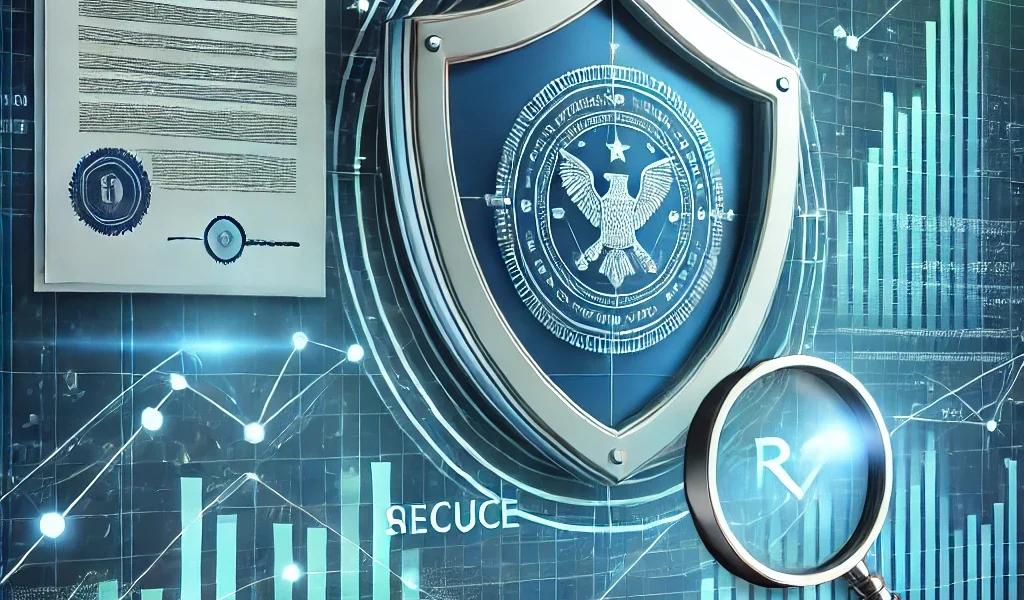Introduction
With the increasing number of online investment platforms, investors have more opportunities than ever to grow their wealth. However, the digital nature of these platforms also exposes users to fraud, security risks, and unregulated schemes. One of the most critical steps in selecting a safe and legitimate investment platform is understanding regulation and compliance.
In this guide, we’ll explore the importance of regulation, how to verify if a platform is legitimately licensed, and the key warning signs of potential scams. By the end, you’ll have a clear roadmap to ensure your money is in safe hands.
1. Why Regulation Matters in Investment Platforms
Investment platforms operate in a highly regulated industry to protect investors from fraud, financial mismanagement, and unethical practices. Here’s why regulation is crucial:
✅ Investor Protection – Regulated platforms must comply with laws designed to protect investors from unfair practices.
✅ Fund Security – Platforms must hold client funds in segregated accounts to prevent misuse.
✅ Transparency – Regulatory bodies require platforms to provide clear information on fees, risks, and operations.
✅ Dispute Resolution – Investors can seek legal recourse in case of misconduct or disputes with a regulated platform.
Without proper regulation, investment platforms can operate unchecked, leaving users vulnerable to scams and financial loss.
2. How to Check If an Investment Platform Is Regulated
Before investing, follow these steps to verify whether a platform is legally authorized to operate:
2.1 Check the Regulatory License
Legitimate platforms should be registered with a recognized financial regulatory body. Look for a license number on their website and verify it through the regulator’s database. Common regulatory authorities include:
- SEC (U.S. Securities and Exchange Commission) – United States
- FCA (Financial Conduct Authority) – United Kingdom
- ASIC (Australian Securities and Investments Commission) – Australia
- CySEC (Cyprus Securities and Exchange Commission) – European Union
- SEBI (Securities and Exchange Board of India) – India
🔎 Tip: Cross-check the license number with the regulator’s official website to confirm authenticity.
2.2 Look for Investor Compensation Schemes
A regulated platform may be part of a compensation scheme that protects investors in case of platform insolvency. Examples include:
- FSCS (UK Financial Services Compensation Scheme)
- SIPC (Securities Investor Protection Corporation) in the U.S.
- ICF (Investor Compensation Fund) in the EU
If a platform is part of such a scheme, your funds are insured up to a certain limit in case of bankruptcy.
2.3 Read Online Reviews and User Feedback
Search for independent reviews on platforms like Trustpilot, Google Reviews, or Reddit. Look for red flags such as:
❌ Complaints about withdrawal issues ❌ Hidden fees and misleading terms ❌ Poor customer service experiences ❌ Sudden account restrictions
2.4 Verify Contact Information and Physical Address
A legitimate investment platform should have a registered physical address and multiple contact options (phone, email, live chat). Be wary of platforms that only provide an anonymous online presence.
2.5 Check for Secure Website Features
Ensure the platform uses SSL encryption (secure website with “https://” in the URL). Also, look for two-factor authentication (2FA) and other security features to protect user accounts.
3. Red Flags of an Unregulated or Risky Investment Platform
Even if a platform claims to be legitimate, watch out for these common warning signs:
🚩 No Licensing or False Regulatory Claims – Fake or missing regulatory details are a major red flag.
🚩 Unrealistic Promises – Platforms promising “guaranteed” high returns are often scams.
🚩 No Transparency on Fees and Terms – Hidden charges or unclear withdrawal policies indicate a lack of transparency.
🚩 Pressure Tactics – If a platform urges you to invest quickly or buy exclusive investment products, be cautious.
🚩 Lack of Customer Support – Unreachable or unresponsive customer service can be a sign of a fraudulent operation.
🚩 Frequent System Errors or Trading Restrictions – Unexplained technical glitches may indicate manipulation.
4. Best Practices for Safe Investing on Online Platforms
To minimize risk, follow these best practices:
✅ Choose a Well-Known, Regulated Platform – Stick with investment platforms that have a solid track record and proper licensing.
✅ Start with a Small Investment – Before committing large sums, test the platform with a small deposit.
✅ Enable Security Features – Activate two-factor authentication (2FA) and use strong passwords.
✅ Read the Terms and Conditions – Understand fees, withdrawal policies, and legal obligations before investing.
✅ Stay Updated on Regulatory Changes – Follow industry news and updates from financial regulators to stay informed.
Conclusion
Selecting a safe investment platform requires careful research and verification. Always check for regulatory licenses, compensation schemes, and online reviews before investing your hard-earned money.
By being vigilant and informed, you can avoid scams, protect your investments, and confidently navigate the world of online trading.




